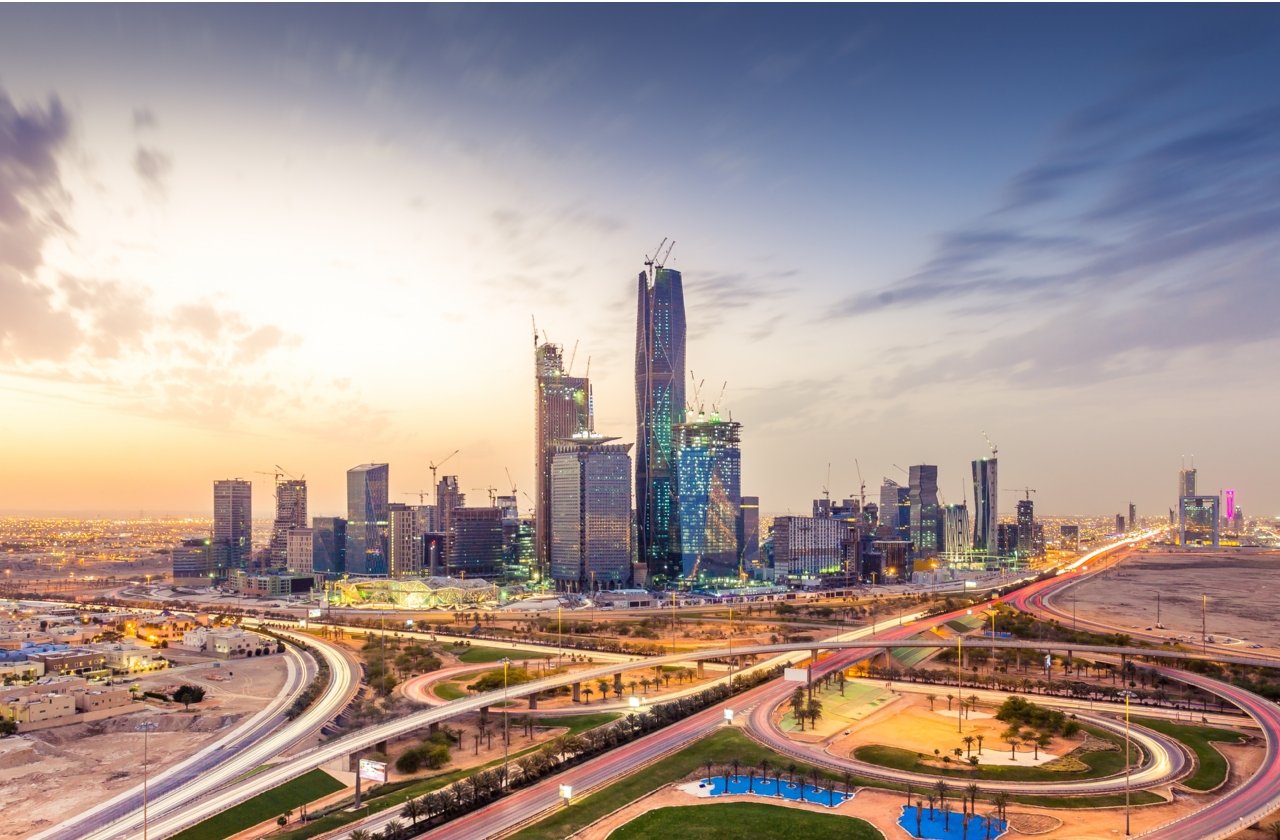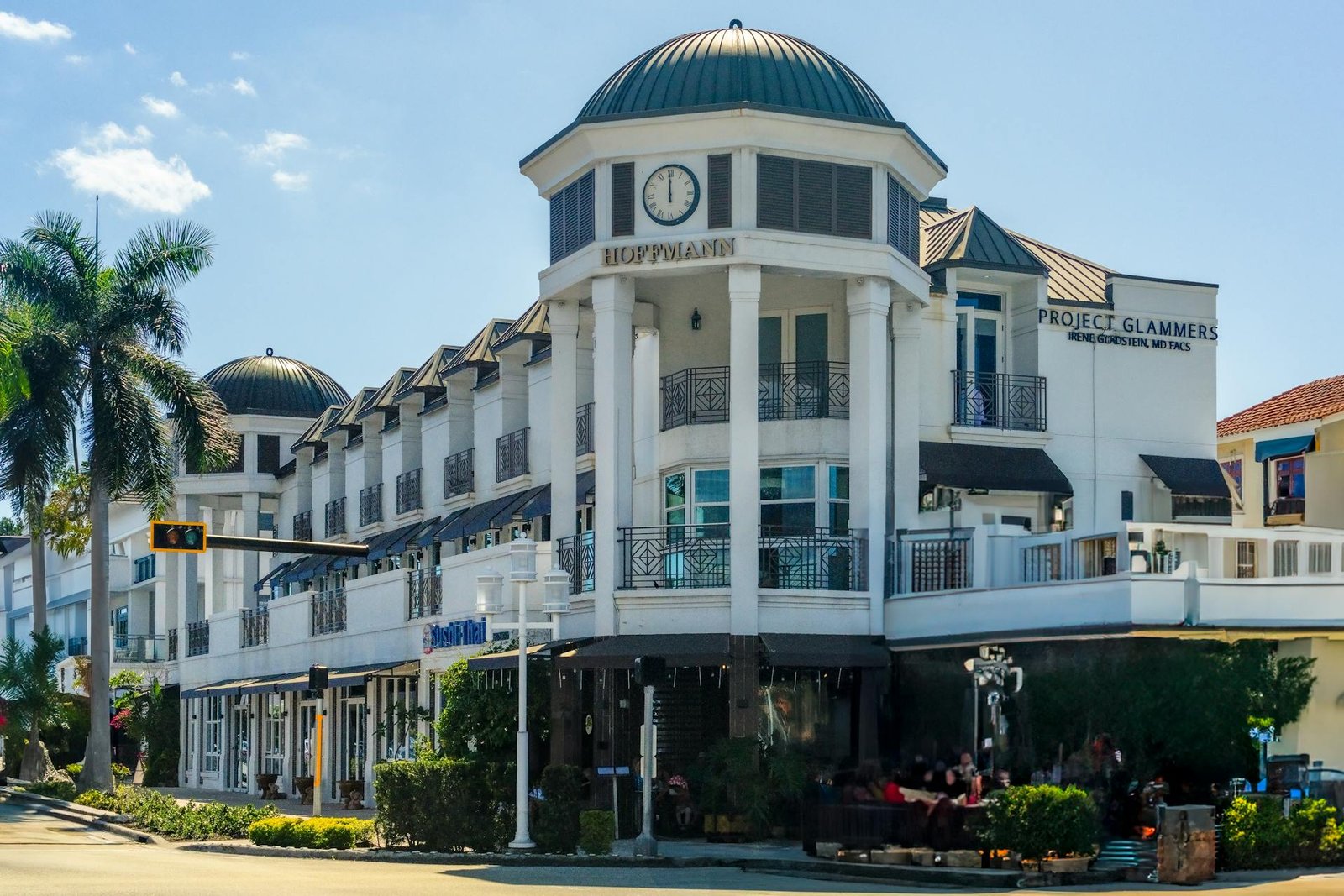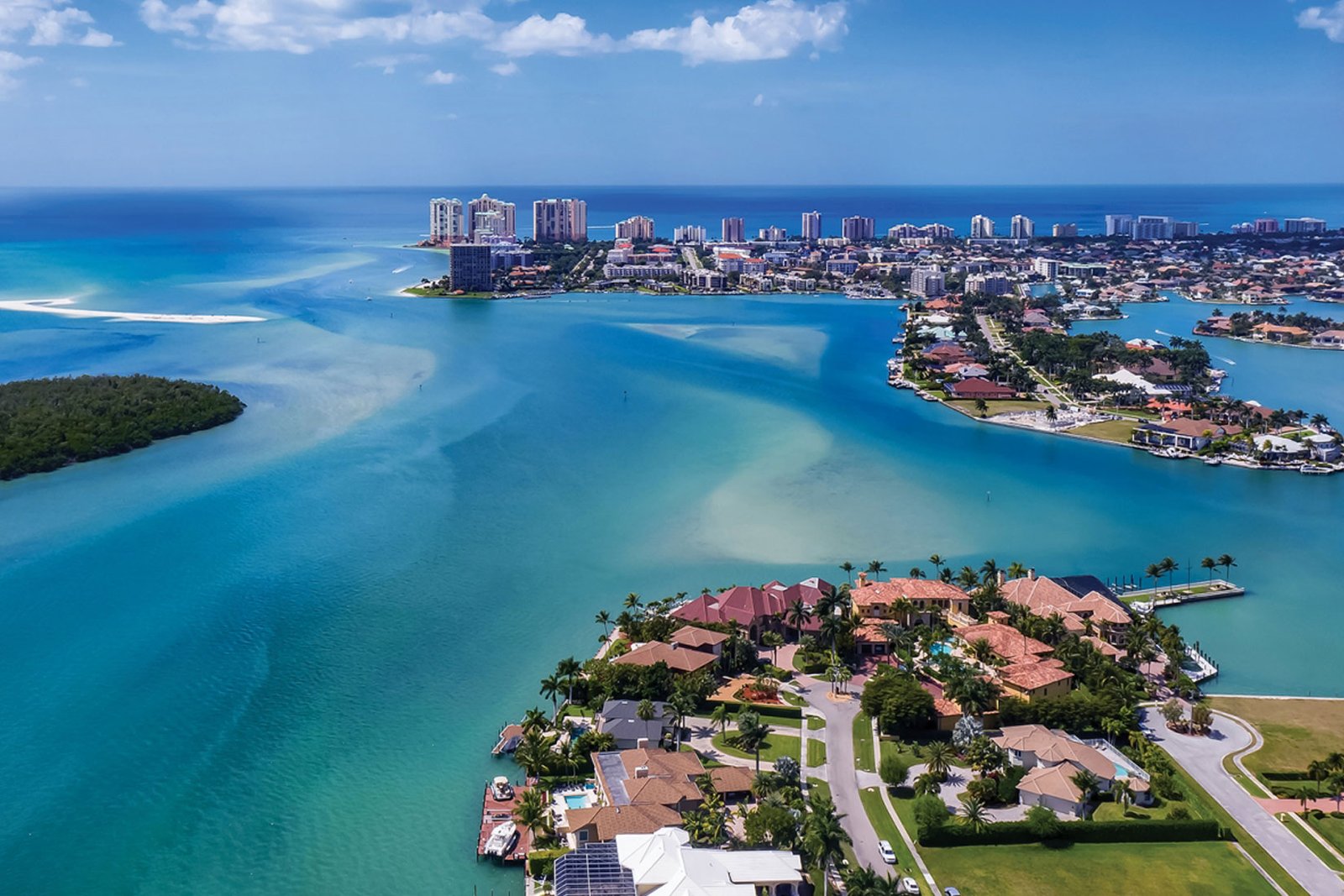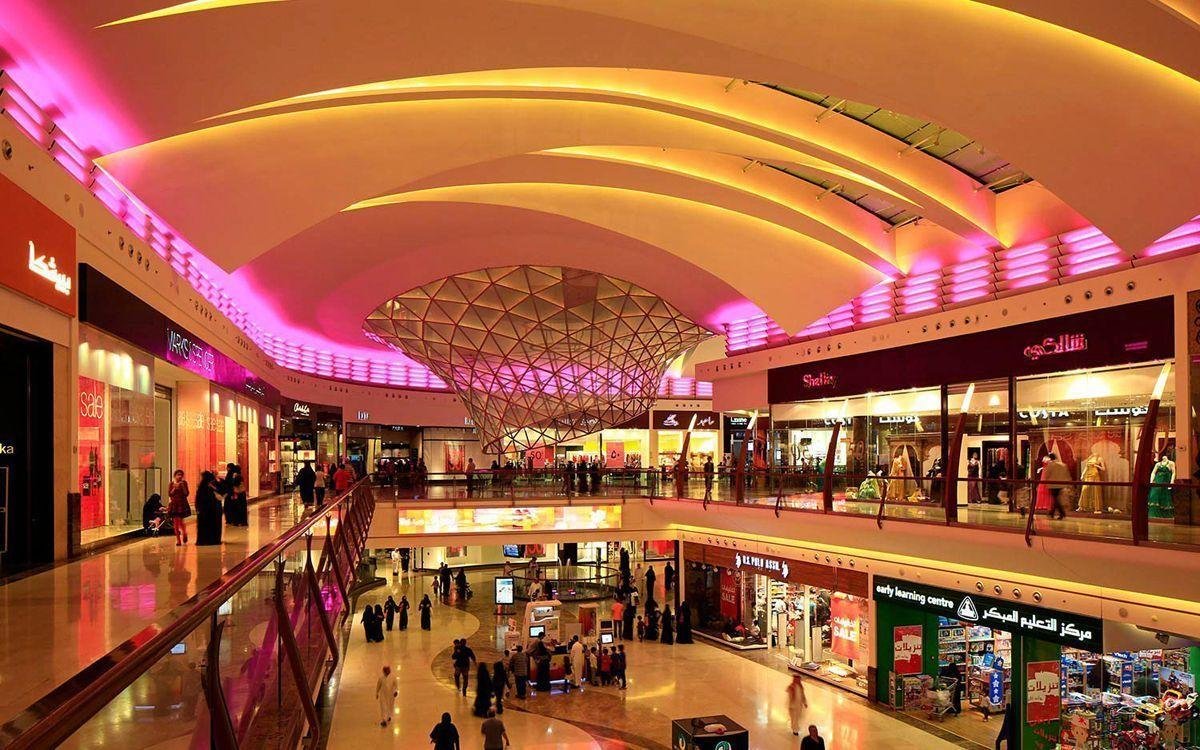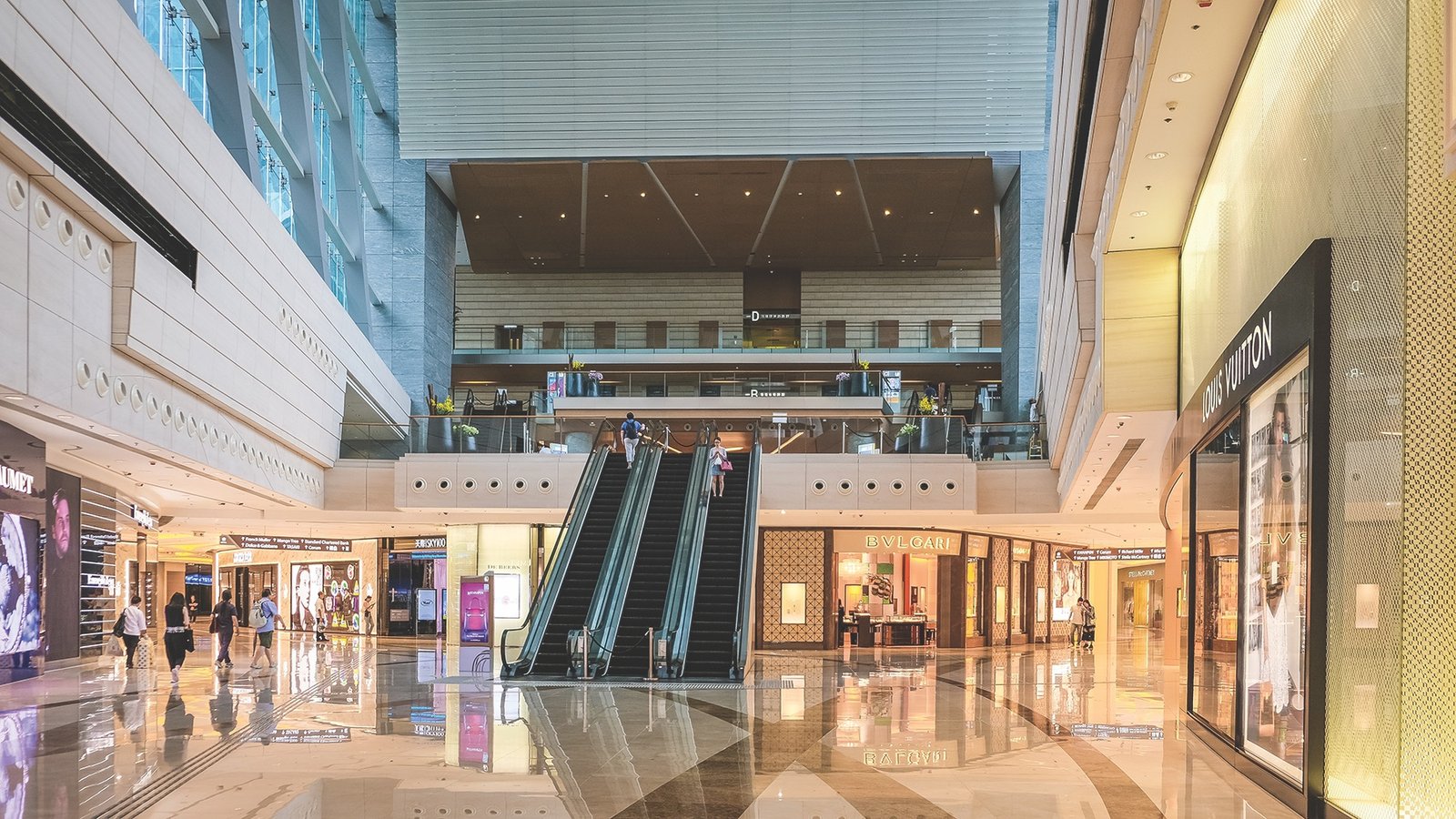When you think of Saudi Arabia, shopping might not be the first thing that comes to mind — but it should be. Over the past decade, the Kingdom has quietly become one of the Middle East’s most exciting shopping destinations. With a dynamic blend of high-end malls, sprawling traditional souks, and unique local products, shopping in Saudi Arabia is more than just a pastime — it’s part of the cultural experience.
Whether you’re strolling through the vibrant corridors of Riyadh’s luxury malls or wandering the alleys of Jeddah’s historic markets, you’ll find that every city offers a different shopping flavor. The Kingdom is investing heavily in tourism and retail under Vision 2030, bringing in international brands, enhancing infrastructure, and preserving traditional shopping culture all at once.
Here’s why shopping in Saudi Arabia is worth adding to your travel plans:
- A growing collection of world-class shopping malls with premium brands and entertainment.
- Traditional souks that sell spices, textiles, oud perfume, gold, and handmade crafts.
- Shopping tied to seasonal celebrations like Ramadan, Eid, and Saudi National Day.
- Tourist-friendly infrastructure and a newly implemented VAT refund system.
- An opportunity to experience both modern luxury and local authenticity in one trip.
Why Saudi Arabia is a Unique Shopping Destination
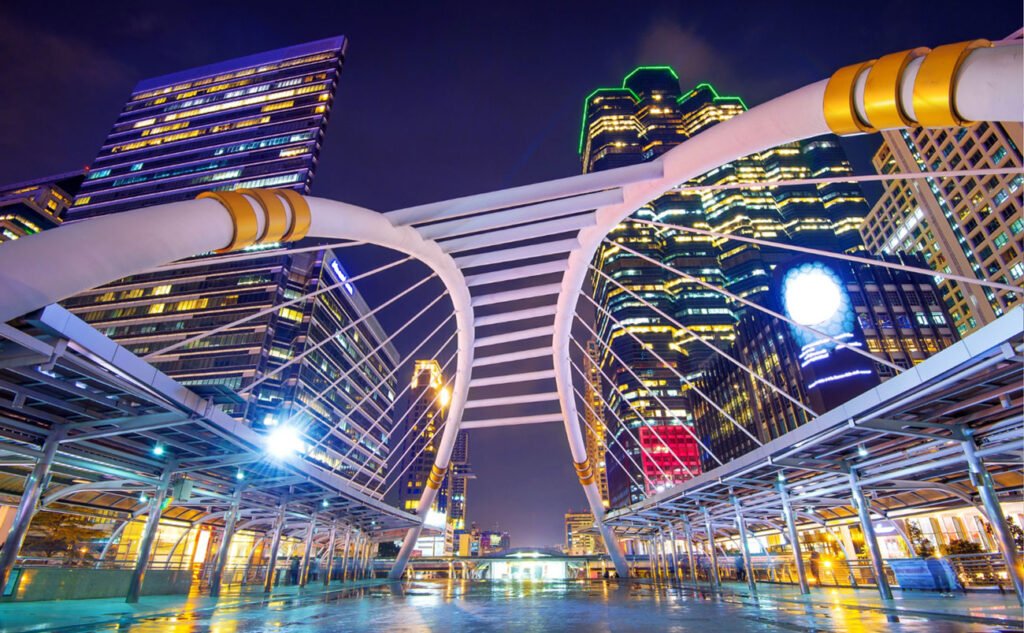
Shopping in Saudi Arabia isn’t just about what you buy — it’s about how and where you buy it. The country’s shopping culture reflects its deep-rooted traditions, modern ambitions, and the evolving tastes of a new generation. Whether you’re visiting as a tourist, a business traveler, or even a pilgrim, you’ll find that Saudi Arabia offers a retail experience that feels both familiar and refreshingly distinct.
Here’s what sets it apart:
A Blend of Tradition and Modernity
In one afternoon, you can move from a luxury shopping mall filled with designer brands to a centuries-old souk where bargaining is part of the charm. Malls like Kingdom Centre and Red Sea Mall feel futuristic, while souks like Souq Al Zal or Al Alawi Market are gateways to the Kingdom’s cultural soul.
Global Brands Meet Local Identity
Saudi Arabia’s retail scene features the full spectrum: high-street favorites, luxury fashion houses, and a rising wave of homegrown brands. You’ll find everything from international labels like Zara, Louis Vuitton, and Nike, to Saudi designers and artisans creating modern pieces rooted in local heritage.
Vision 2030 and the Retail Boom
Under the Vision 2030 initiative, Saudi Arabia is positioning itself as a tourism and retail hub in the Gulf. Massive investments in infrastructure, entertainment, and hospitality are creating shopping districts that double as lifestyle destinations — especially in Riyadh and Jeddah.
Shopping as a Cultural Experience
For Saudis, shopping is more than a transaction — it’s social, family-oriented, and often tied to special occasions like Ramadan, Eid, and Hajj. Malls are not just retail centers; they’re equipped with cafés, cinemas, children’s play zones, and indoor amusement parks.
Tax-Free Legacy and VAT Refund for Tourists
Historically, shopping in Saudi Arabia benefited from being tax-free. While VAT is now in place, the VAT refund system for tourists (launched in 2024) makes high-value shopping appealing once again — especially for those buying electronics, jewelry, or luxury items.
Best Cities for Shopping in Saudi Arabia
Saudi Arabia is a vast country with each region offering a different shopping experience. Whether you’re looking for high-end fashion, traditional markets, or modern retail centers with entertainment and dining, the major cities each have their own identity and specialties. Here’s a look at the most notable cities to explore for shopping.
Riyadh
As the capital and largest city, Riyadh offers the most cosmopolitan shopping scene in the Kingdom. It’s home to some of the country’s most luxurious malls, including Kingdom Centre, Al Nakheel Mall, and Panorama Mall. These malls feature everything from designer fashion and electronics to gourmet food and cinemas.
But Riyadh also preserves its traditions. Souq Al Zal, one of the oldest markets in the city, is where you’ll find carpets, antiques, and traditional Saudi goods. The contrast between modern malls and centuries-old souks makes Riyadh a complete shopping experience.
Read more about: Shopping in Riyadh
Jeddah
Jeddah is known for its coastal charm and more relaxed vibe. The city’s shopping blends modern retail with history and art. Red Sea Mall and Mall of Arabia are two of the largest malls, offering international brands and family-friendly attractions.
For a more cultural experience, head to Al-Balad, the old town, where you’ll find Souq Al Alawi — a bustling market selling perfumes, spices, gold, and textiles. Jeddah is also a great place to buy unique art pieces and handcrafted items reflecting Hijazi heritage.
Read more Shopping in Jeddah: Where Tradition Meets Modern Retail
Dammam and Khobar
Located in the Eastern Province near the Persian Gulf, Dammam and its twin city Khobar offer excellent shopping opportunities with a focus on family entertainment. Dhahran Mall and Al Rashid Mall are the main hubs, hosting a wide selection of stores, cafés, and indoor amusement parks.
These cities are also known for their calm atmosphere and clean, modern malls that cater well to both residents and visiting expats or tourists from nearby countries like Bahrain.
Makkah and Madinah
Though best known for religious pilgrimage, Makkah and Madinah also have well-developed shopping areas that cater to millions of visitors each year. In Makkah, Makkah Mall and Abraj Al Bait Shopping Center offer convenience for pilgrims, with stores selling prayer items, clothing, jewelry, and perfumes.
In Madinah, Al Noor Mall is one of the most popular options for both locals and visitors. While the shopping centers in these cities are practical and accessible, they still offer a wide variety of products and souvenirs worth exploring.
Top Shopping Malls in Saudi Arabia
Saudi Arabia has embraced the global trend of turning shopping malls into full-day destinations. Across the country, malls are more than retail centers — they’re hubs for dining, entertainment, family outings, and even tourism. Whether you’re after luxury fashion, casual brands, or fun activities for kids, you’ll find it in one of the Kingdom’s many impressive malls.
Below is a snapshot of some of the most notable malls in Saudi Arabia, categorized by major city.
Riyadh
Riyadh Park Mall
One of the most modern malls in the city, Riyadh Park Mall combines elegance with entertainment. It features global fashion brands, premium cafés, a state-of-the-art VOX Cinemas, and even a Museum of Illusions. Its spacious, beautifully designed interior and wide walkways make it one of my personal favorite spots for a relaxed day out in Riyadh.
Kingdom Centre
A symbol of modern Riyadh, this iconic skyscraper includes a sleek shopping mall featuring brands like Louis Vuitton, Gucci, and Zara. The experience is topped with a stunning sky bridge view of the city.
Al Faisaliah Mall
Located beneath the iconic Al Faisaliah Tower, this mall offers a more refined shopping experience with a boutique selection of luxury brands, upscale dining, and stylish local shops. It may not be the largest, but it’s perfect for visitors looking for elegance in the heart of the capital. The panoramic elevator ride in the tower is also a bonus!
Al Nakheel Mall
Popular with families and known for its wide walkways, Al Nakheel mall offers a strong mix of fashion, electronics, and casual dining. It’s one of the busiest malls in Riyadh.
Granada Center
With over 230 stores, a large hypermarket, and dedicated play zones, Granada Center is both practical and family-friendly. It’s a favorite among locals for everyday shopping.
Jeddah
Red Sea Mall
One of the largest malls in Saudi Arabia, Red Sea Mall blends luxury, mainstream brands, and entertainment — including a cinema, an indoor amusement park, and an art gallery. It’s a must-visit for travelers spending time in Jeddah.
Mall of Arabia
This expansive mall is well-known for its spacious design and wide selection of fashion, lifestyle, and electronics brands. It’s also home to KidZania Jeddah — a huge draw for families.
Le Chateau
For something more boutique and upscale, Le Chateau specializes in high-end fashion and is popular with fashion-forward shoppers.
Eastern Province (Dammam & Khobar)
Mall of Dhahran
Located between Dammam and Khobar, this is one of the largest and most modern malls in the region. It features major global brands, fast food, fine dining, and a large play area for kids.
Al Rashid Mall (Khobar)
One of the oldest malls in the country but still very popular, Al Rashid combines a traditional feel with a wide variety of international shops and services. It’s especially popular during holidays and weekends.
Makkah and Madinah
Makkah Mall
Situated close to the Grand Mosque, this mall is tailored for convenience — offering Islamic clothing, prayer mats, perfumes, and other essentials alongside mainstream brands.
Al Noor Mall (Madinah)
The most prominent mall in Madinah, Al Noor offers fashion, food courts, electronics, and children’s zones. It’s an ideal stop for those staying near the Prophet’s Mosque.
These malls represent only a fraction of what Saudi Arabia has to offer. Whether you’re a luxury shopper or a casual browser, there’s a retail experience to match your style and budget.
Traditional Markets (Souks) Worth Visiting
While Saudi Arabia’s malls are modern and world-class, it’s the country’s traditional markets — or souks — that truly immerse you in the local culture. These centuries-old shopping spaces offer an experience unlike any mall: the smell of spices in the air, the call of merchants, and the chance to bargain for unique treasures.
If you want to feel the soul of Saudi shopping, visiting at least one of these historic markets is a must.
Souq Al Zal – Riyadh
Located near the old city center, Souq Al Zal is one of Riyadh’s oldest and most beloved markets. It’s especially known for its traditional clothing, swords, incense burners, carpets, and antique collectibles. It’s also one of the few places where you can still see public auctions, particularly on Fridays — a rare cultural experience in modern cities.
Tip: This is a great place to shop for genuine Saudi daggers, known as janbiya, or handcrafted bishts, the ceremonial cloaks worn during special occasions.
Souq Al Alawi – Jeddah
Tucked inside the UNESCO-listed historical district of Al-Balad, Souq Al Alawi is one of the oldest markets in the Arabian Peninsula. Its narrow alleys are lined with shops selling gold, perfumes, abayas, dates, spices, and religious items.
This market is especially atmospheric in the evenings and during Ramadan, when the area is filled with locals and pilgrims alike. It’s also a good place to buy Hijazi-style souvenirs, which reflect the city’s coastal and multicultural history.
Qaisariyah Souq – Al Hofuf (Eastern Province)
Dating back to the Ottoman era, Qaisariyah Souq is one of the most historically significant markets in Saudi Arabia. Located in the heart of Al Hofuf in the Al-Ahsa region, it offers over 400 small shops selling a mix of spices, incense, handmade sandals, traditional foods, and crafts.
The architecture here is part of the attraction — with its wooden doors, brick arches, and maze-like pathways, you’ll feel like you’ve stepped back in time.
Other Notable Markets
- Souq Al Khobara (Madinah) – known for Islamic books, prayer items, and regional sweets.
- Gold Souks in almost every major city — particularly in Riyadh and Jeddah, offering some of the best gold prices and designs in the Gulf.
- Souq Okaz (Taif) – more of a cultural festival-market, held annually to celebrate poetry, art, and traditional crafts in a historical re-creation of an ancient Arab market.
Unlike malls, souks offer a hands-on, human experience. You’ll talk directly to the shopkeepers, learn stories behind the products, and walk away with something far more personal than a brand-name item. And yes — bargaining is not just allowed, it’s encouraged.
What to Buy in Saudi Arabia
One of the most enjoyable parts of shopping in Saudi Arabia is discovering the authentic local products you won’t easily find elsewhere. From fragrant perfumes and handcrafted goods to luxurious gold and traditional clothing, the Kingdom offers travelers a wide selection of souvenirs and premium items that reflect both its heritage and modern style.
Whether you’re shopping in a luxury mall or wandering through a souk, here are some of the best things to buy in Saudi Arabia:
Oud and Arabic Perfumes
Oud, also known as agarwood, is one of the most prized scents in the region — rich, smoky, and luxurious. Available in both raw wood form and perfume oils, oud is a staple of Saudi fragrance culture. You’ll also find blends mixed with rose, amber, and sandalwood in beautifully designed bottles.
Tip: Look for local perfume houses in malls and souks that allow you to create your own custom fragrance.
Dates
Dates aren’t just a snack in Saudi Arabia — they’re a national symbol. The most sought-after variety is Ajwa dates, grown in Madinah and revered for their taste and religious significance. Other varieties like Sukkari and Khalas are also popular and make excellent gifts.
You’ll often find dates packaged beautifully in boxes, sometimes paired with Arabic coffee or nuts.
Gold Jewelry
Saudi Arabia is known for its high-quality gold at competitive prices, and gold souks in cities like Riyadh and Jeddah are famous for offering a wide variety of intricate designs. Whether you’re after simple bracelets or elaborate wedding sets, the craftsmanship and value make it a smart buy — especially if you’re comfortable bargaining.
Tip: Gold is sold by weight and purity, so check the current gold rate before making a purchase.
Traditional Clothing
For those interested in cultural fashion, consider purchasing:
- Abayas – elegant robes worn by women, often embroidered or designed with modern flair.
- Thobes – long garments worn by men, available in both everyday and formal styles.
- Shemagh or Ghutra – traditional headscarves for men, often paired with an agal (black rope band).
These items are widely available in malls and markets and are often custom-fitted or tailored on the spot.
Handicrafts and Art
Saudi Arabia’s rich regional heritage is reflected in its crafts. Items worth looking for include:
- Al-Qatt Al-Asiri paintings – colorful geometric wall art from the Asir region.
- Sadu weaving – a Bedouin textile art used in rugs, cushions, and bags.
- Handmade ceramics, incense burners, wooden boxes, and brassware also make meaningful souvenirs.
Spices and Incense
Souks across the country offer a rich variety of spices, including cardamom, saffron, cinnamon, and dried herbs used in traditional Saudi cuisine. Bukhoor, the scented incense burned in homes and mosques, is also widely available, often presented in ornate containers.
These items not only make for excellent gifts but also allow you to bring a piece of Saudi Arabia’s culture back home with you. Whether you’re shopping for yourself or for loved ones, you’ll find no shortage of meaningful and memorable options.
Discover more about What to Buy in Riyadh: Top Saudi Arabian Souvenirs and Products for Tourists
When is the Best Time to Shop in Saudi Arabia?
Timing your shopping in Saudi Arabia can make a big difference — not just in terms of crowds, but also in the deals you’ll find. The Kingdom’s retail calendar includes several major seasonal events and national celebrations, during which prices drop, stores extend their hours, and malls come alive with special promotions.
Here are the best times of year to enjoy shopping in Saudi Arabia:
Ramadan
Ramadan is one of the most festive times in the Kingdom, and it also marks the start of major sales and shopping offers, especially in the evenings. Malls extend their hours well past midnight, and retailers offer discounts on clothing, electronics, home goods, and food.
Tip: Shops close during prayer times and just before Iftar, so plan your shopping in the late evening hours after the fast is broken.
Eid Al-Fitr and Eid Al-Adha
Immediately following Ramadan and the Hajj pilgrimage season, these two Islamic holidays are peak times for buying gifts, clothing, sweets, and perfumes. Malls and markets are bustling with families preparing for celebrations, and many brands offer bundle deals and limited-time collections.
If you’re visiting during Eid, expect crowds — but also a vibrant atmosphere and plenty of cultural energy.
Saudi National Day – September 23
On this day, the entire country lights up in green, and shopping becomes part of the patriotic celebration. Retailers launch exclusive National Day sales, often lasting a full week. Many products — especially fashion and electronics — are discounted, and malls host live performances, events, and giveaways.
White Friday (Middle East version of Black Friday)
Taking place in late November, White Friday is the region’s take on Black Friday, and it’s one of the biggest online and in-store shopping events of the year. You’ll find deep discounts from both global and local brands, particularly on fashion, tech, and home appliances.
Tip: Check e-commerce platforms like Namshi, Noon, Amazon.sa, and Jarir Bookstore for flash deals and exclusive offers.
Mid-Year and End-of-Season Sales
In addition to cultural events, many malls run mid-year clearance sales (around June/July) and end-of-season promotions (typically in January and August). These are ideal times to pick up off-season fashion and discounted stock from international brands.
No matter when you visit, there’s likely a sale happening somewhere — but if you’re after the best prices and the most festive shopping experiences, aligning your trip with these key periods is a smart move.
VAT, Currency, and Payment Options
Understanding how pricing, taxes, and payments work in Saudi Arabia will help you shop smarter — and possibly save money. Whether you’re making a big purchase at a luxury mall or picking up spices in a souk, it’s important to know how the VAT system works and what payment methods are accepted.
Value Added Tax (VAT) in Saudi Arabia
Saudi Arabia introduced VAT (Value Added Tax) in 2018 at a rate of 5%. In mid-2020, the rate was increased to 15%, and it remains at that level as of 2025.
How VAT works:
- It’s automatically included in the displayed price in stores.
- Applies to most goods and services, including electronics, clothing, perfumes, and dining.
- Some essential goods may be zero-rated or exempt.
Tourist VAT Refund System
As of 2024, Saudi Arabia officially launched a VAT refund system for tourists, allowing international visitors to reclaim the VAT paid on eligible purchases during their stay.
How to claim a VAT refund:
- Shop at stores that are part of the “VAT Refund for Tourists” program (look for signage or ask at the counter).
- Ask for a VAT refund form and keep all receipts.
- Submit your documents at designated refund counters at international airports (such as Riyadh, Jeddah, or Dammam) before departing.
- Refunds may be processed via cash, card, or bank transfer, depending on the system in place.
Tip: Always bring your passport when making large purchases to speed up the process.
Currency and Exchange
- The official currency is the Saudi Riyal (SAR).
- One riyal is subdivided into 100 halalas.
- The exchange rate hovers around 1 USD ≈ 3.75 SAR, though this can vary slightly depending on your provider.
Currency exchange is available at:
- Airports (less favorable rates)
- Hotels (convenient but not the best rate)
- Banks and licensed exchange offices (best rates and most reliable)
Avoid exchanging money with unlicensed vendors or individuals in markets.
Payment Options
Saudi Arabia is highly digital when it comes to payments, especially in cities. Most retailers — large and small — accept:
- Visa, Mastercard, and American Express
- Apple Pay and Samsung Pay
- Mada (local debit network for Saudi-issued cards)
Contactless payments are widely available, and mobile wallets are commonly used even in cafés and taxis.
That said, it’s always a good idea to carry a small amount of cash, especially when visiting souks, smaller towns, or shops that may not accept cards.
Having a clear understanding of how VAT and payments work will make your shopping experience smoother — and possibly more rewarding.
Shopping Tips for Tourists in Saudi Arabia
Shopping in Saudi Arabia is generally smooth, safe, and enjoyable — but it’s also shaped by local customs, religious practices, and a rhythm that may feel different if you’re visiting for the first time. These tips will help you navigate the shopping scene like a pro, whether you’re in a mega mall or a traditional souk.
Know the Prayer Times
Shops and malls pause operations during the five daily prayers, especially in more traditional cities or smaller areas. Some large malls stay open but temporarily close their stores for 10–30 minutes. Plan your day accordingly — most stores operate late into the evening, especially during Ramadan and weekends.
Dress Modestly, Especially in Souks
Saudi Arabia has eased many rules in recent years, but modesty is still important, especially in public spaces like traditional markets. While foreign women are no longer required to wear an abaya, loose clothing that covers shoulders and knees is recommended. Men should also avoid shorts in conservative areas.
In malls and urban settings, you’ll see a wide range of styles — just be respectful and culturally aware.
Don’t Be Afraid to Bargain (But Do It Respectfully)
In traditional markets, bargaining is part of the experience. Start by asking the price, then counter with a reasonable offer — especially if you’re buying multiple items. That said, haggling in malls and fixed-price retail stores is not appropriate.
A friendly tone and a smile go a long way; don’t push too hard if the seller isn’t open to negotiation.
Check Return and Exchange Policies
Saudi Arabia’s consumer protection laws are strong, especially for purchases from licensed retailers. Still, it’s a good habit to:
- Ask about the return window (usually 7 to 14 days)
- Keep your receipt or digital invoice
- Clarify whether refunds are given as cash, credit, or exchange only
In souks or for handmade goods, assume that all sales are final unless clearly stated.
Learn a Few Arabic Phrases
While English is widely spoken in malls and by many vendors, learning a few basic Arabic phrases can enhance your experience — especially in traditional areas:
- “Bikam?” (How much?)
- “Rakhis shwaya” (Make it cheaper, please)
- “Shukran” (Thank you)
Even if your pronunciation isn’t perfect, the effort is often appreciated and can lead to better prices or friendlier service.
Take Advantage of Shopping Hours
Most malls and larger stores are open from 10 AM to midnight, often with a mid-afternoon break. On Fridays, shops open later due to the Jumu’ah prayer. During Ramadan, expect malls to open late afternoon and stay open until 2 or 3 AM.
The best times to shop comfortably (especially in summer) are typically after sunset.
FAQs About Shopping in Saudi Arabia
Is shopping in Saudi Arabia expensive?
It depends on where and what you shop for. Luxury malls feature high-end brands priced similarly to other global cities, but traditional markets and local brands often offer better value — especially if you’re comfortable bargaining. Seasonal sales and events like White Friday can also lead to great deals.
What is the biggest mall in Saudi Arabia?
As of 2025, the Mall of Arabia in Jeddah and Mall of Dhahran are among the largest in terms of retail space and variety. However, Red Sea Mall and Kingdom Centre in Riyadh are also major shopping landmarks with wide recognition.
Can tourists get a VAT refund in Saudi Arabia?
Yes. Since 2024, international tourists can claim a 15% VAT refund on eligible purchases made at registered stores. Keep your receipts and submit them at VAT refund counters at airports before you leave the country.
Is bargaining common in Saudi Arabia?
Bargaining is common and expected in traditional markets (souks), but not practiced in malls or chain stores. When bargaining, stay respectful and lighthearted — it’s part of the cultural experience.
Are malls open during prayer times in Saudi Arabia?
Most stores in malls temporarily close for about 15–30 minutes during prayer times. However, the mall itself usually remains open, and many cafés or food courts stay accessible. The exact practice can vary depending on the location and time of day.
What are the best souvenirs to bring home from Saudi Arabia?
Popular souvenirs include Ajwa dates, oud perfumes, gold jewelry, abayas, handmade crafts, and spices like saffron and cardamom.
Is it safe to shop as a solo traveler or tourist?
Yes. Saudi Arabia is one of the safest countries in the region for travelers, including solo visitors. Shopping malls are clean, well-patrolled, and family-oriented. Just observe local customs and avoid public displays of affection or loud behavior.



